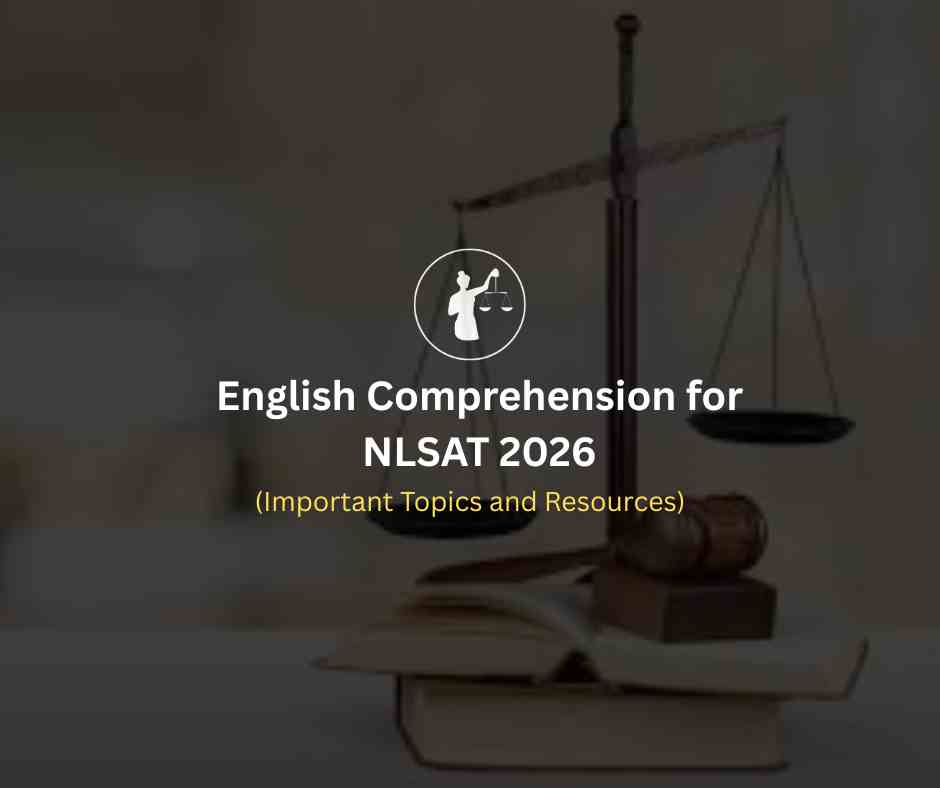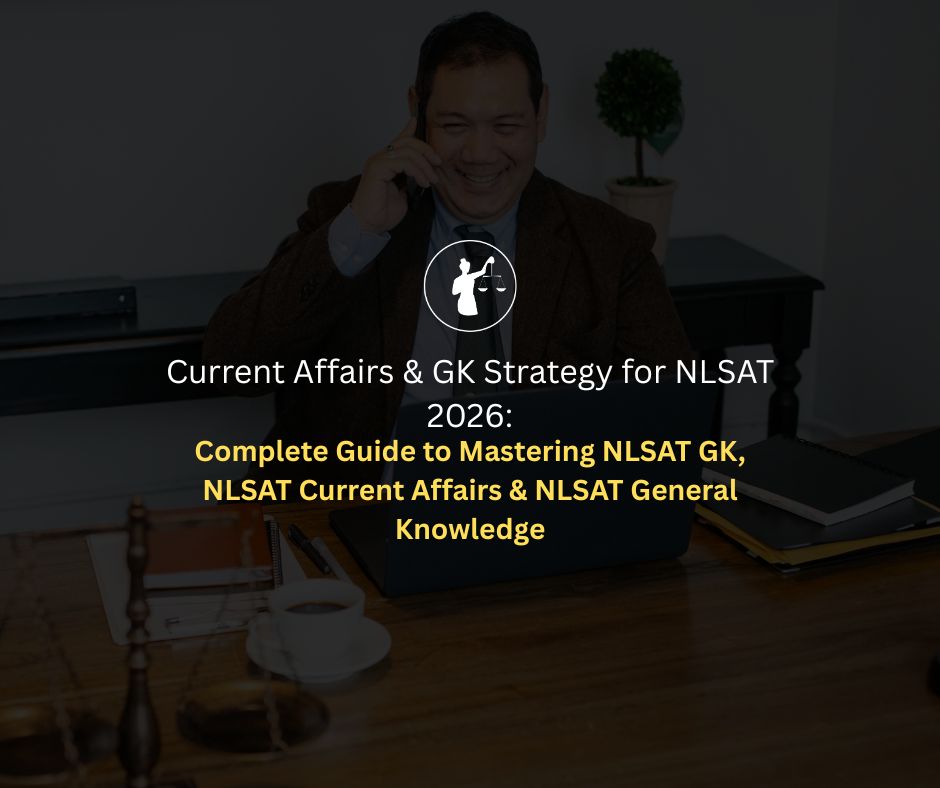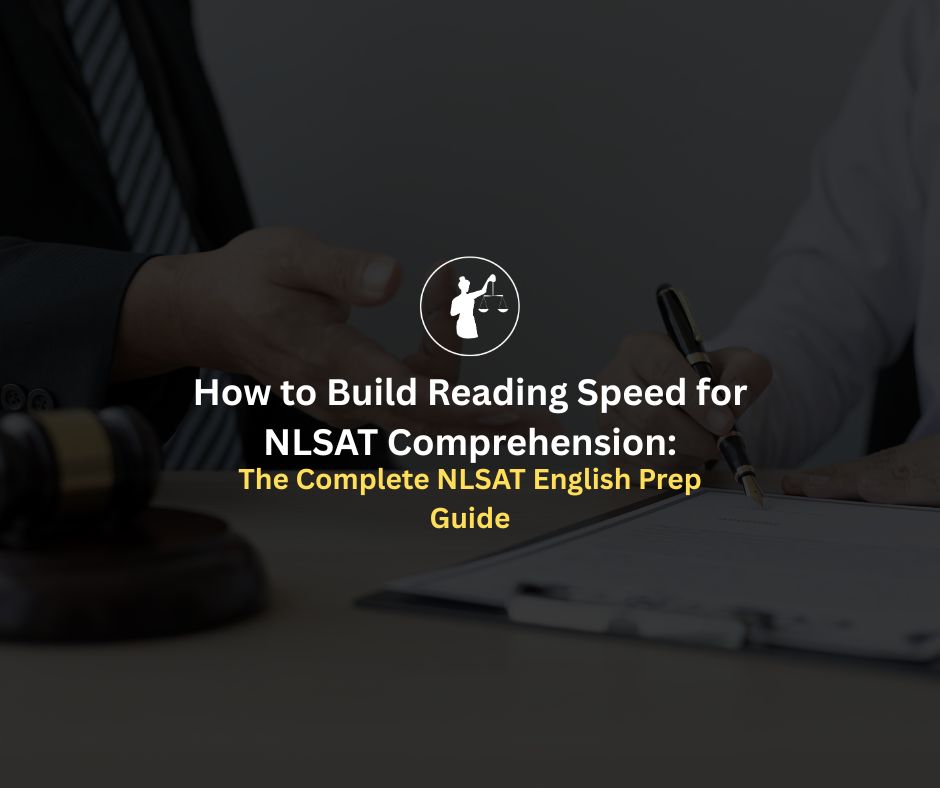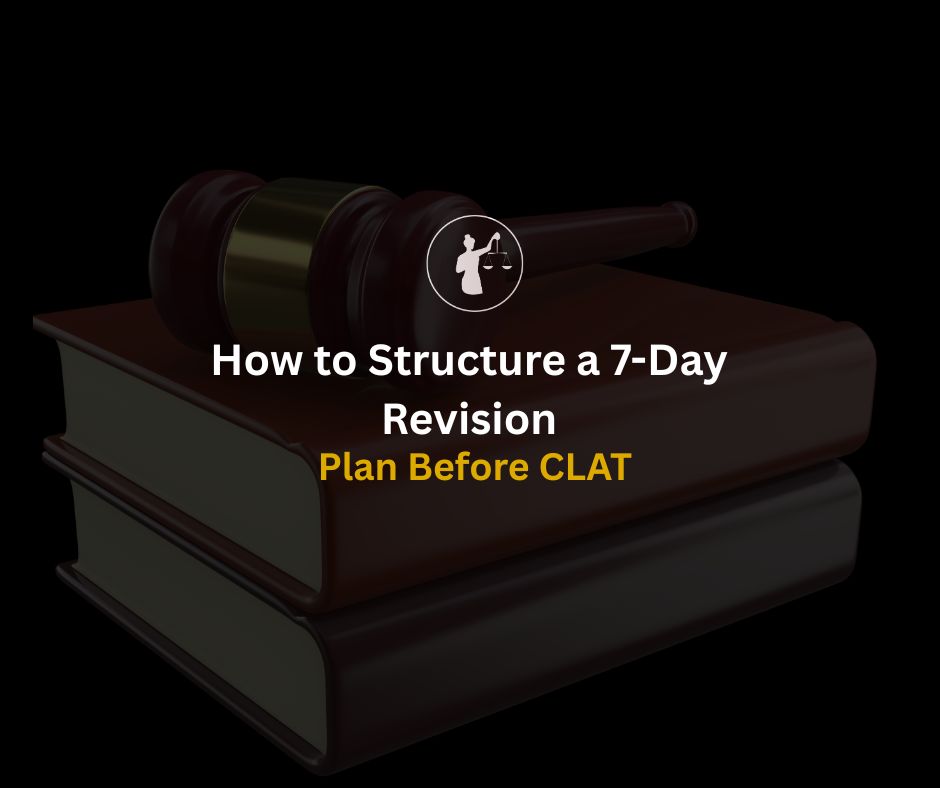
Success in the English Comprehension NLSAT 2026 hinges on your ability to think critically while reading.
NLSIU does not test surface-level understanding; it tests your capacity to read deeply, analyze structure and intent, and draw inferences in complex passages.
This section is designed to reflect the kind of reading and analytical rigor expected in law school. Here’s how you can master it.
Section: Part A (Objective)
Question Type: Multiple-Choice Questions (MCQs)
Focus: Reading comprehension passages with inference-based, assumption-based, and analytical questions
Total Questions in Part A: 75 (comprehension forms a substantial portion)
Marking Scheme: +1 for correct answers; -0.25 for incorrect answers
Time Constraint: You must complete the entire Part A within 90 minutes.
Effective time management between comprehension and reasoning sections is essential.
Inference questions test your ability to identify what the author implies without saying it explicitly. This requires:
Recognizing subtle cues across multiple sentences or paragraphs.
Connecting seemingly unrelated details to identify the underlying conclusion.
Understanding what must logically be true based on the information given.
Preparation Strategy:
Practice LSAT-style comprehension passages where inference is rarely direct.
Focus on how ideas are developed across the passage, not just what is said.
Assumptions are unstated premises that an argument depends on to be valid.
Identifying these helps you uncover logical flaws or gaps in reasoning.
You should be able to:
Spot what the author takes for granted without justification.
Identify implicit beliefs or values underlying the argument.
Evaluate whether the argument would collapse if the assumption were false.
Preparation Strategy:
Practice questions that ask, “What must be true for the argument to hold?”
Read editorials and ask yourself, “What is the author assuming here?”
This involves understanding the structure of an argument:
What is the main point being made?
What are the supporting reasons or evidence?
Are there counterarguments addressed or ignored?
Is the logic valid, or is the reasoning flawed?
Preparation Strategy:
Break down arguments from newspaper op-eds into claim-evidence structures.
Practice recognizing fallacies or flawed reasoning patterns.
Understanding tone means identifying the author's attitude toward the subject. Is it critical, analytical, appreciative, neutral, or skeptical?
Authorial intent refers to why the passage was written: to inform, argue, critique, persuade, or reflect.
This is often tested through:
Word choice and style (sarcasm, irony, objectivity).
Subtle signals in sentence structure, rhythm, or emphasis.
Preparation Strategy:
Read diverse editorials and essays.
Highlight emotionally charged or value-laden language to decode tone.
Ask, “What is the author trying to achieve?”
You won’t be tested on obscure words. Instead, you’ll be asked to interpret the meaning of a word or phrase based on its context in the passage.
This means:
Using surrounding clues (sentences, tone, transitions) to deduce meaning.
Avoiding dictionary definitions and focusing on function within the passage.
Preparation Strategy:
When reading editorials, pause to guess meanings of unfamiliar words based on context, then verify.
Focus on high-frequency words used in nuanced ways.
Read More: Legal Aptitude for NLSAT: Important Topics & Resources
Sources: The Hindu, Indian Express
Approach:
Read 2 editorials daily.
Identify the central argument.
Summarize the article in 3–4 sentences.
Highlight assumptions, tone, and intended audience.
Use LSAT or high-quality CAT reading comprehension passages.
Focus on multi-paragraph logic chains and nuanced questions.
Take full-length mocks to build speed and stamina.
Allocate ~30 minutes to comprehension in Part A and learn to balance speed with depth.
Read More: 10 Common Mistakes to Avoid While Preparing for NLSAT
Read deeply, not just quickly.
Highlight key arguments, shifts in tone, and assumptions as you read.
Build your own comprehension journal summarizing editorials daily.
Focus on why the author wrote the piece, not just what they said.
Read More: Legal Aptitude for NLSAT: Important Topics & Resources
English Comprehension NLSAT 2026 is a test of reading with legal intelligence.
The ability to extract logic, spot implicit ideas, and critique arguments will give you an edge over others.
Train yourself not just to read, but to analyze.
The more you immerse yourself in structured, opinion-rich texts and practice logical reading habits, the better your performance will be.
Would you like a downloadable weekly study tracker specifically for comprehension prep?





